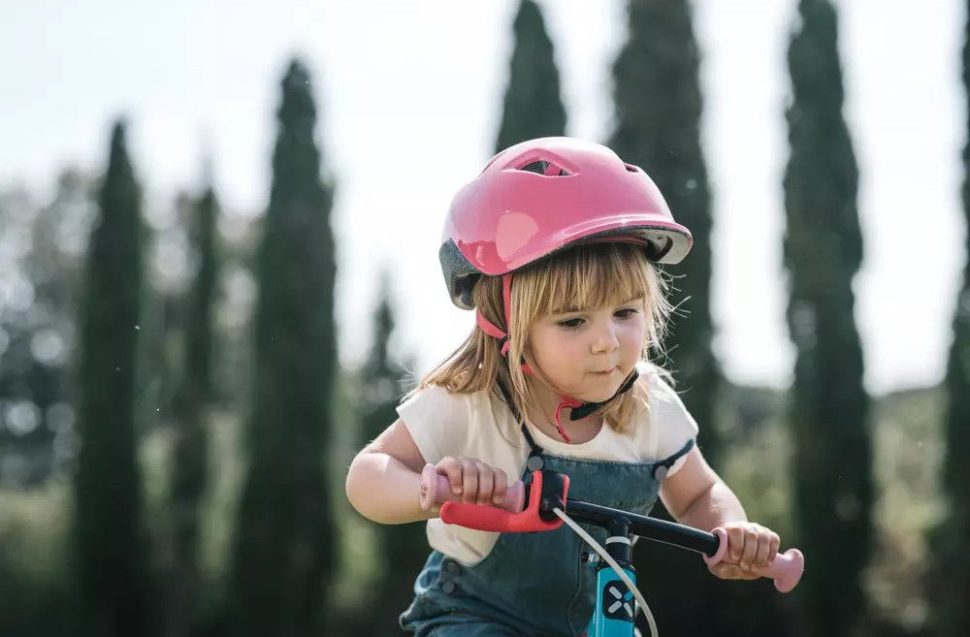Cycling is a fun and healthy activity that is enjoyed by many children around the world. However, it also comes with inherent risks, especially regarding head injuries. A bike helmet can differ between a minor injury and a life-altering one in a fall or collision. This article will discuss the importance of bike helmets for children and highlight some of the best bike helmets for children available in the market. It will also cover why helmets are necessary, what to look for when choosing a helmet, and tips for proper helmet use.
Why are Bike Helmets Necessary for Children?
According to the Centers for Disease Control and Prevention (CDC), bicycle-related injuries result in nearly 300,000 emergency department visits and more than 1,000 deaths annually in the United States alone. In addition, head injuries are the most common cause of bicycle-related fatalities. This highlights the crucial role that helmets play in protecting children from severe head injuries when cycling.
According to the Bicycle Helmet Safety Institute, wearing a bike helmet can decrease the risk of head injury by as much as 85%. It is important to note that this protection only applies if the helmet is worn correctly and fits properly. Therefore, parents and caregivers must ensure children wear helmets when riding their bikes.
What to Look for When Choosing a Bike Helmet for Children
When selecting a bike helmet for children, several factors must be considered. These include:
Proper Fit: A helmet that does not fit correctly will not provide adequate protection. The helmet should fit snugly on the head, with no gaps between the helmet and the forehead. It should also sit level on the head, with the straps snugly fastened under the chin.
Certification: Look for a helmet that has been certified by a recognized safety organization such as the Consumer Product Safety Commission (CPSC), Snell Memorial Foundation, or ASTM International. This ensures the helmet has been tested and meets the necessary safety standards.
Ventilation: A well-ventilated helmet will keep children cool and comfortable while riding. Look for a helmet with plenty of air vents, especially if your child will be cycling in warm weather.
Additional Safety Features: Some helmets come with extra safety features such as reflective stickers or lights that increase visibility, especially when cycling at night.
Tips for Proper Helmet Use
In addition to selecting the right helmet, there are several tips parents and caregivers can follow to ensure that their children are using their helmets correctly:
Set a Good Example: Adults should also wear helmets when cycling to set a good example for children.
Make it a Habit: Make helmet use a non-negotiable habit for children every time they ride their bikes. Encourage them to take responsibility for their safety.
Check for Wear and Tear: Inspect helmets regularly for any signs of wear and tear. Replace helmets that are damaged or have been involved in an accident.
Store Helmets Correctly: Store helmets in a cool, dry place when not in use. Avoid leaving them in direct sunlight or hot cars, which can damage the helmet’s integrity.
Conclusion
Bike helmets are a crucial safety accessory for children who enjoy cycling. Reducing the risk of severe head injuries can make a significant difference in the event of a fall or collision. When selecting a helmet, it is essential to ensure that it fits properly, is certified by a recognized safety organization, and has adequate ventilation and additional safety features. This article has not only discussed the importance of bike helmets for children but also highlighted some of the best bike helmets for children available in the market. Parents and caregivers can also follow tips for proper helmet use to ensure that children use their helmets correctly every time they ride their bikes. By prioritizing helmet use, they can help keep children safe while enjoying the many benefits of cycling.

“Proud thinker. Tv fanatic. Communicator. Evil student. Food junkie. Passionate coffee geek. Award-winning alcohol advocate.”


